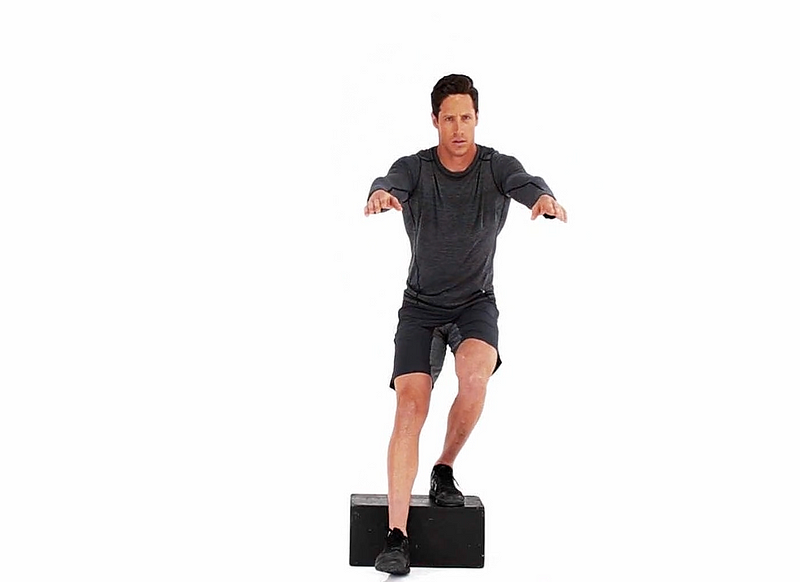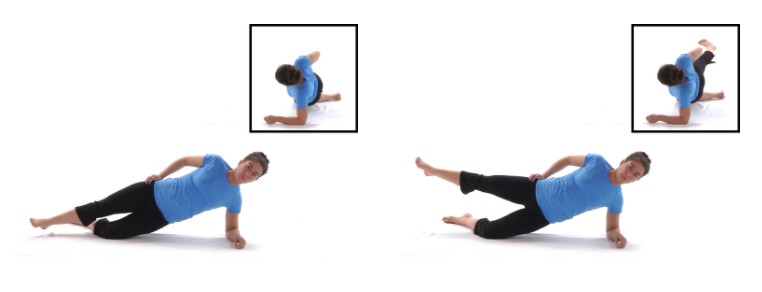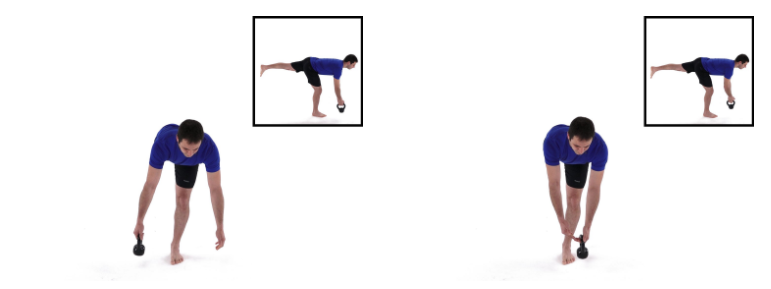Unlocking the Power of Unilateral Exercises for Runners
Written on
Chapter 1: The Impact of Unilateral Training
Have you ever considered how to optimize strength training for running? The key often lies in unilateral exercises, which involve working one leg at a time. These exercises not only enhance your balance and joint stability but also engage essential stabilizer muscles. This can significantly lower your risk of injury while improving the efficiency of your running form.
The beauty of unilateral movements is that they typically don't require heavy weights or specialized equipment. In fact, you can effectively perform these exercises right at home. With less than 10 minutes of your time, you can complete a workout that benefits both your running and overall health—perfect for those runners who prefer avoiding the gym!
Section 1.1: Key Unilateral Exercises
- Single-Leg Forward Step-Downs

Application: 10–12 reps per side (2 sets) Cues: Begin with both feet on a stair or box, then slowly lower one foot to the ground while keeping most of your weight on the top leg. Ensure your knees align over your foot and maintain level hips. Hold briefly at the bottom before returning to the starting position. If performed slowly (around 5 seconds per rep), you may be surprised at how challenging this can be.
To progress, gradually increase the height of the step!
- Modified Side Plank with Leg Raise

Application: 10–15 reps per side (2 sets) Cues: Position your body in a straight line, resting on your knee and forearm. Keep your neck relaxed. To perform a rep, lift and lower the top leg while maintaining a slight inward rotation. Avoid jerking the leg; instead, lift slowly within your controlled range of motion. Ensure that your bottom hip remains stable.
For progression, transition to a full plank and incorporate the leg raise when you're ready. This exercise is particularly beneficial as it challenges your body in different planes of motion, enhancing overall strength and stability.
- Single-Leg Romanian Deadlift

Application: 10–15 reps per side (2 sets) Cues: Start by tightening your core and aligning your ribs over your pelvis. Plant one foot and hinge at the hips, extending the back leg behind you while keeping your neck neutral. Once you reach a controlled low point, extend your hips and activate your glutes to return to the starting position. If using weights, keep them close to your legs for back safety.
This exercise addresses the often-overlooked posterior chain (hamstrings, glutes, etc.), promoting balance in your legs and improving hamstring flexibility!
To make it more challenging, increase the weight or start on a step to boost your range of motion. If you need to simplify it, use your hand for support against a wall or a TRX handle.
In Closing
Creating an effective strength program for running doesn't have to be overwhelming or time-consuming. In just 10 minutes, you can significantly enhance the resilience and functionality of the joints and tissues crucial for becoming a fast and safe runner. This practice will also improve your performance in other sports and activities, making it an essential component of your health and wellness regimen!
Now, it's time to take action. You've got this!
-David Liira, Kin
Chapter 2: Videos to Enhance Your Knowledge
I Found the Secret to Exercise WITHOUT Quitting - This video reveals effective strategies to maintain your exercise routine without feeling overwhelmed or losing motivation.
Full Week of Workouts that totally CHANGED my physique! - This video showcases a comprehensive week of workouts that transformed one individual’s body, providing inspiration and insight into effective training methods.